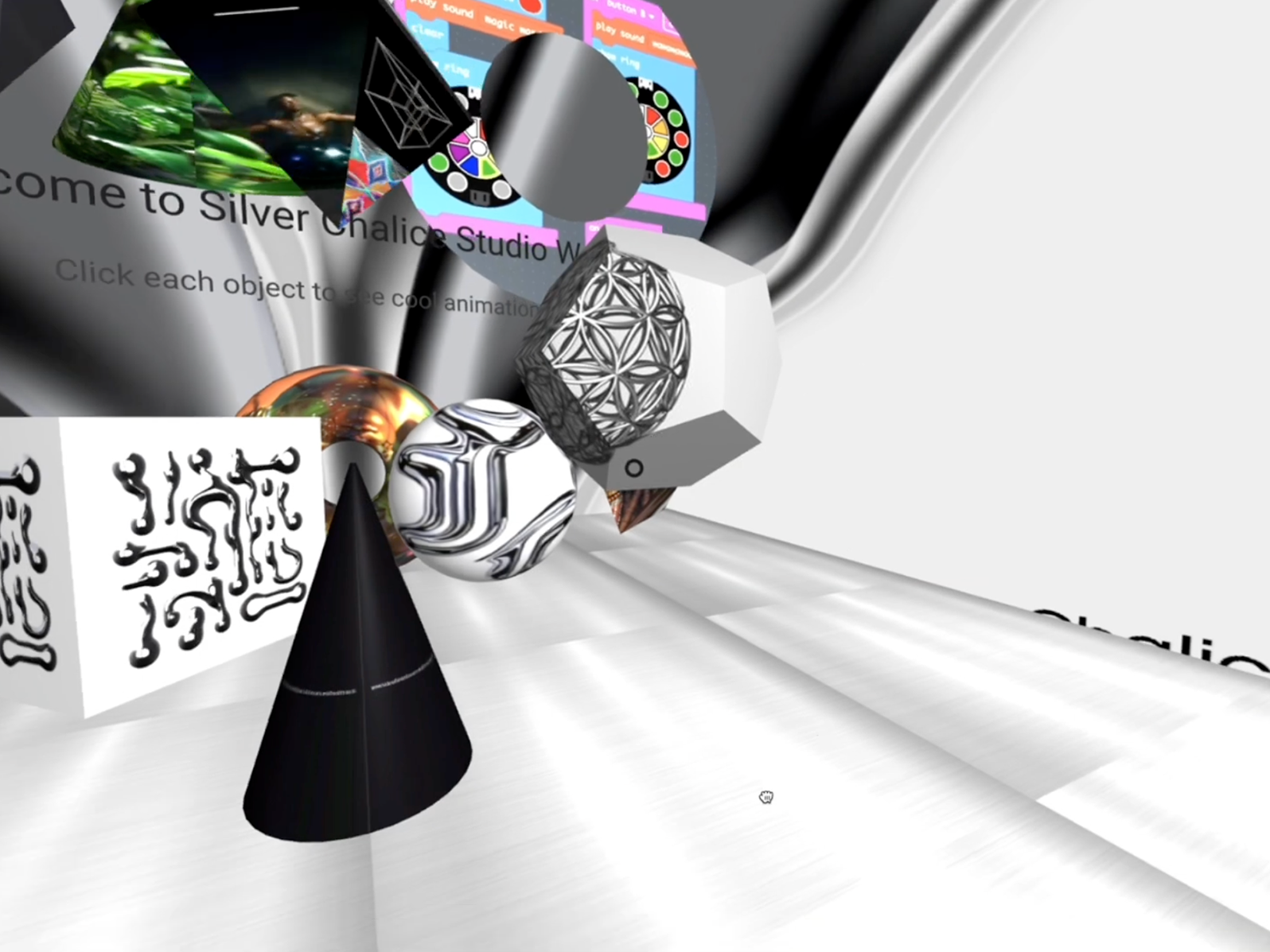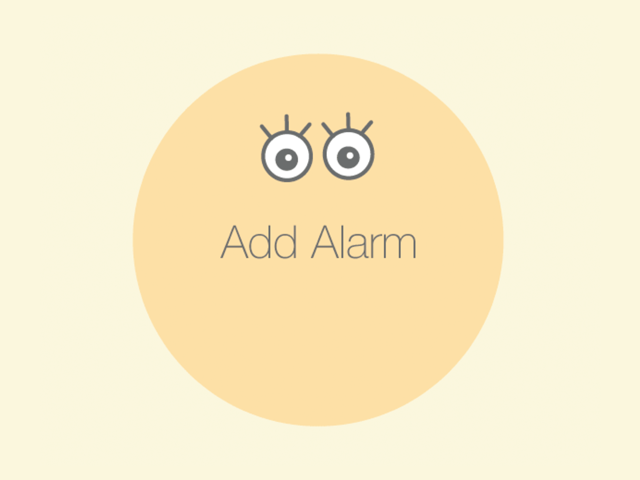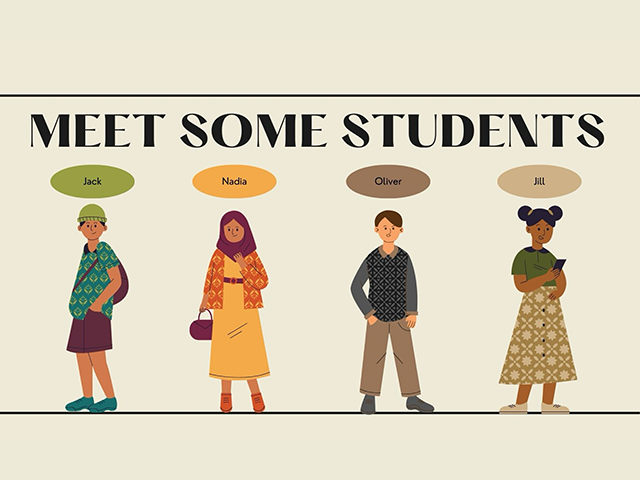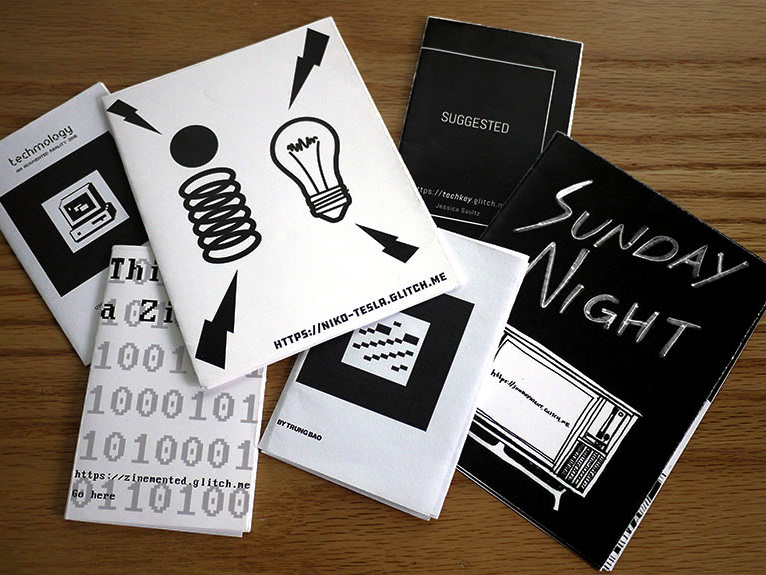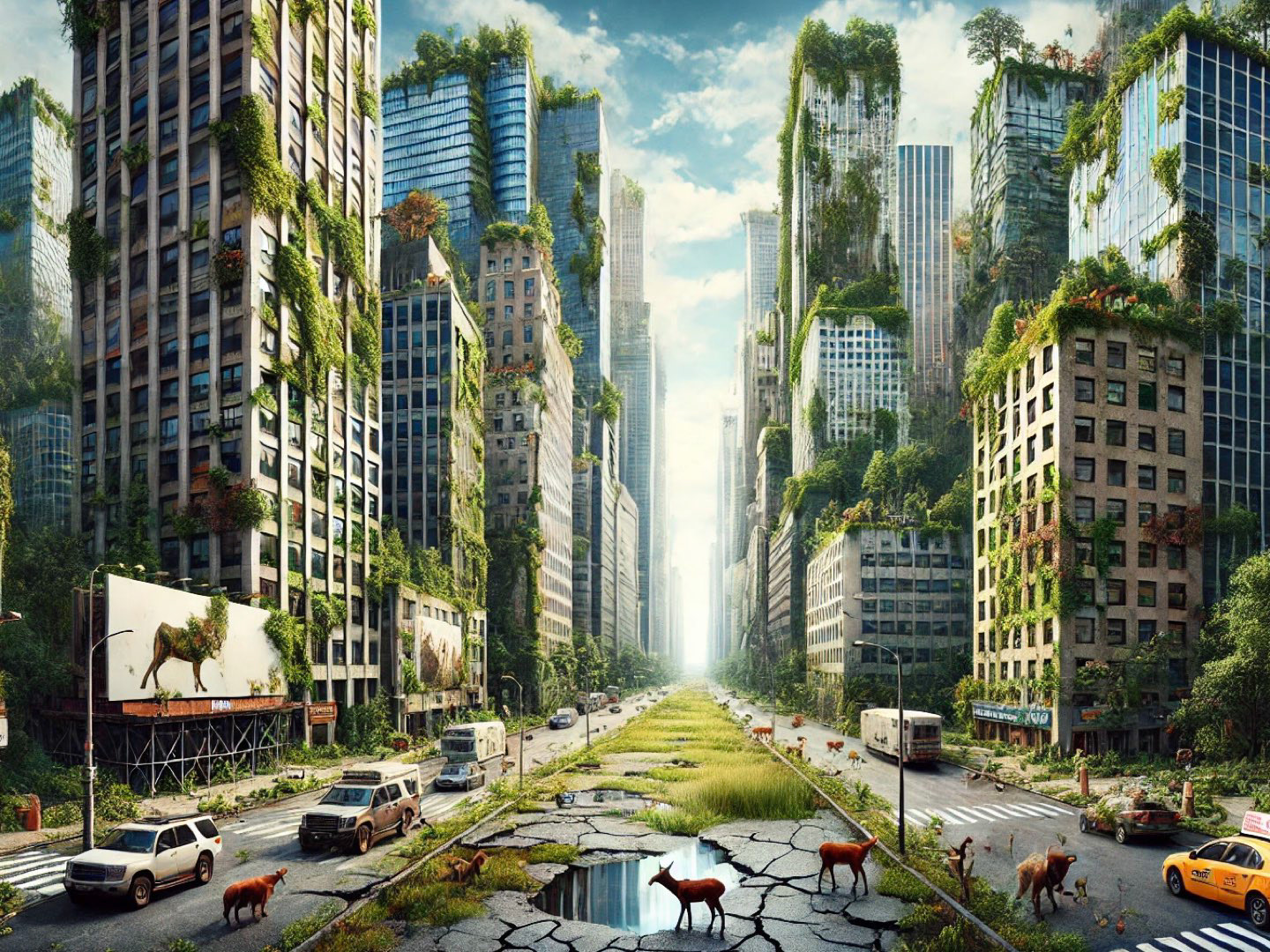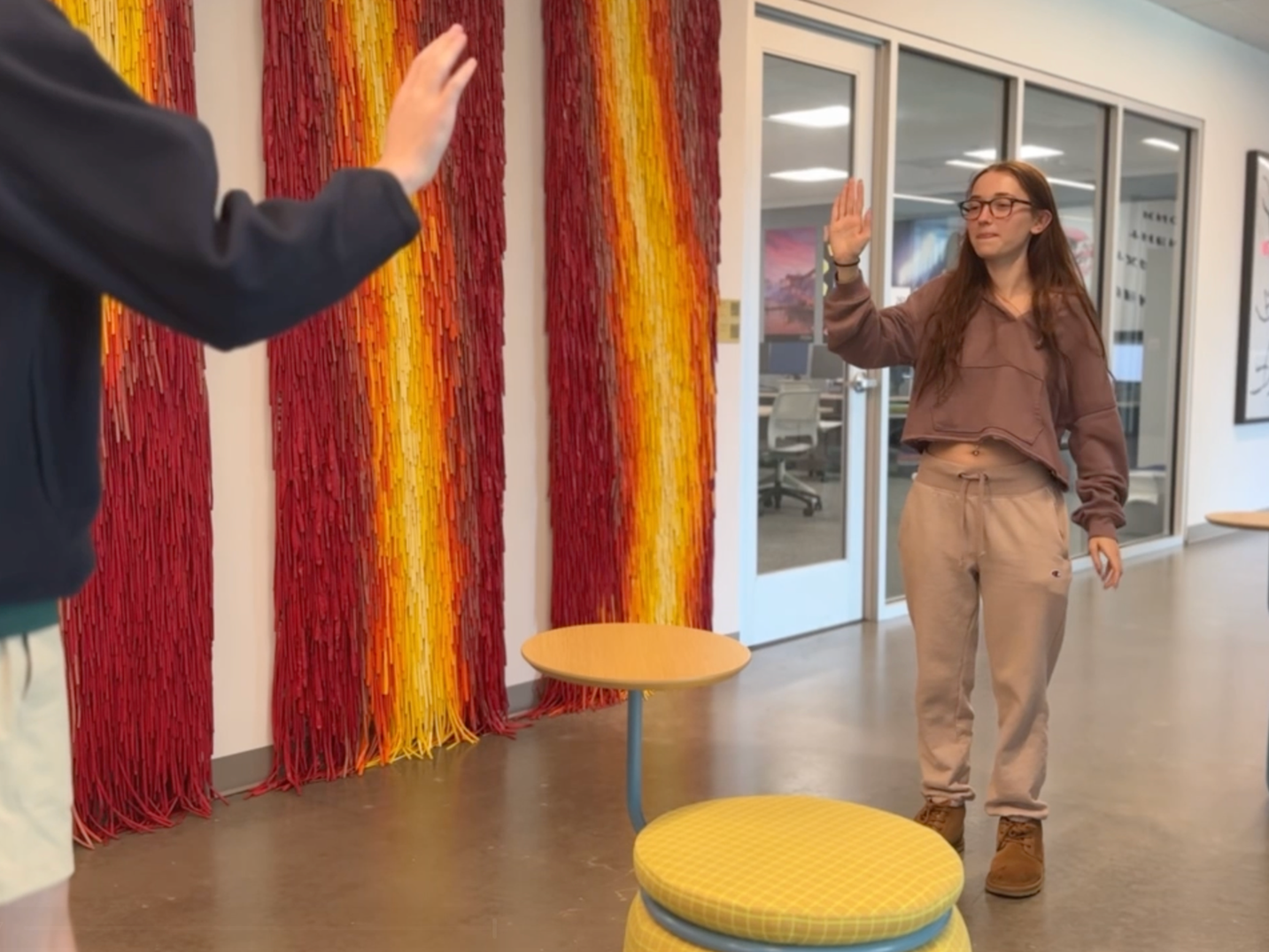This a mini-study on a course project facilitated for students at the University of Portland.
Project Brief
Wicked problems are problems whose solution requires many people to change their mindsets and behavior. A striking quote from the comedian and actor D.L. Hughley paints a vivid picture of America, “… America is aspirational. … Obama is what we would like to be. Donald Trump and his supporters are what we are.” (source) On January 20, 2017, Donald Trump was inaugurated as the 45th president of the United States. On May 25, 2020, the death of George Floyd pushed the nation into action toward social justice.
Race is a construct of power and oppression. It is one of the defining features of being an American. It is so definitive we must purposefully strive to be antiracist, as the system of racism is insidiously engrained into every American citizen. Racism and other forms of oppression start at home and propagate throughout education. We are not born racist, sexist, or any other form of discrimination. However, we are all born with the ability to make choices and the willingness to make and transform the natural and artificial world that surrounds us.
Project Setup
The class of students was divided into three teams, each with its own research objective under the larger umbrella of “What is Social Justice at UP?” Each team was assigned a Team Leader to act as a liaison between the recruited participants and ensure the team was on track for its deliverables.
Team 1: Question the Question: What is Social Justice at UP?
Team 2: Establishing long-term goals: Diversity, Equity, and Inclusion
Team 3: Hatching Bold Ideas for Social Justice at UP
Recipes from the LUMA Institute guided the methods for each session. Students had to construct scripts to conduct a session within a 1-hour and 15-minute time block. In addition, students had to be creative in using various online tools to facilitate each method to achieve the desired outcome. The image below outlines the timeline for the project. It should be noted that class was canceled on Thursday, November 26, an oversight in planning that pushed the due date to December 3rd.
Learning Objectives
• Demonstrate your ability to work as a team to uncover qualitative insights into a wicked problem and empathize with a community.
• Communicate with stakeholders and leadership of an organization to push them to examine policies.
Deliverables
Each of the three separate teams had to complete the following:
• Recruit and obtain consent forms from Faculty, Staff, and Students
• A written session script & MIRO board (or any other digital tools)
• Conduct a pilot session with classmates as stand-in participants
• Conduct the actual session with recruited participants
• An analysis and synthesis report providing immediate action for UP Leadership
Each team synthesized their findings and merged their outcomes into a collaborative recorded presentation. Students chose the method of Concept Mapping to present the intricate details and high-level relationships of the problem space. This presentation was delivered to the Assistant Provost for International Education, Diversity, and Inclusion and the Chair of the Presidential Advisory Committee on Inclusion (PACOI).
Readings / Resources
Excerpts from How to be an Anti-racist by Ibram X. Kendi.
10 Characteristics of a Wicked Problem by Horst W.J. Rittel and Melvin M. Webber. Professors of design and urban planning at the University of California at Berkeley first coined the term ”wicked problem” in “Dilemmas in a General Theory of Planning” (1973). https://www.interaction-design.org/literature/topics/wicked-problems
The following articles from upbeacon.com:
Reflections
Closing Statement by the students:
We need to amplify the Diversity, Equity, and Inclusion work already being done within various UP organizations because their previous efforts have been compartmentalized. With collaboration between organizations, the community can make unified progress towards a socially just campus.
- Students of the Innovation Minor, Cohort ’21
The fall 2020 semester was fully remote and 100% online for the Innovation Minor. This presented a teaching and learning challenge in the face of many wicked problems directly impacting the definition of reality. INV300 fa20—Empathy, Observational Research, and Human-Centered Design took on the topic of social justice to develop the empathetic mindset and continue exploring how to implement human-centered design methods as the core practice of innovation.
Teaching design and innovation within the space of social justice at a private Catholic institution of higher education is no easy task. There are no UP-specific templates or frameworks for facilitating discussions at the intersection of race, religion, and innovation. In the face of social unrest, there was no sense in designing assignments to develop empathy around trivial topics. The low-hanging fruit we find today is due to their overwhelming weight of systemic impact and, most often, because designers do not work in these wicked areas as often as they should.
I would have provided an extra week to dig deeper into how to interpret evidence and develop insights. I would have also provided another week for students to design prototypes of their proposed ideas. These changes would make it a six-week project.

